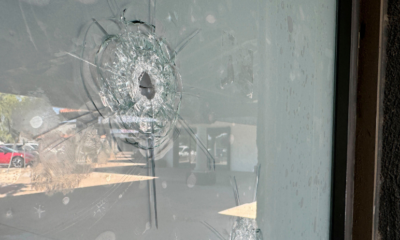Defeat is a state of mind
Back to Self-Defense: Explore Alternatives to Firearms

Self-defense is a critical topic in today’s society, and understanding various methods can be pivotal for personal safety. Firearms can be effective, but they are only a last resort. A diverse self-defense toolkit incorporating both physical and mental strategies is integral for preparedness.
The foremost method of self-defense is Conflict Avoidance. Awareness of one’s surroundings is essential. Individuals must remain vigilant, not just in their immediate vicinity but also in the broader environment, maintaining a 360-degree awareness of potential threats.
Conflict avoidance should begin before stepping out, whether by opting out of potentially risky social gatherings or remaining alert while navigating public spaces. Each decision contributes to overall safety.
While firearms are often regarded as lethal weapons, there is a range of non-lethal self-defense tools available. Pepper spray, stun guns, expandable batons, personal alarms, and high-powered flashlights are all viable alternatives. Not everyone is comfortable with firearms, making these options valuable for those seeking alternatives.
Having multiple self-defense plans, like A, B, and C, is crucial. This approach ensures that you have a response strategy in place for varying degrees of threats. Self-defense planning should never solely rely on one method.
Your demeanor in public is equally important. Command presence acts as a deterrent against potential aggressors. Paying attention to surroundings, rather than being engrossed in a phone, can significantly impact how others perceive you. Confidence in one’s ability to handle unexpected situations can deter threats.
Developing self-assurance requires preparation. Imagining potential scenarios mentally prepares individuals for real-life incidents. This mental rehearsal sharpens decision-making skills, enabling quicker and more effective responses.
Furthermore, knowing the location of self-defense tools is critical. They should be easily accessible during emergencies. Training with these tools is non-negotiable. Familiarity breeds confidence, which is essential during high-stress situations.
Being adequately prepared can prevent hesitation and uncertainty when it matters most. Consequently, it’s essential to establish habits and muscle memory associated with each defense tool.
Ultimately, regular training is vital for ensuring competence with self-defense methods. The worst time to learn how to deploy a tool is in the heat of a moment. Consistent practice strengthens proficiency and enhances safety.


















